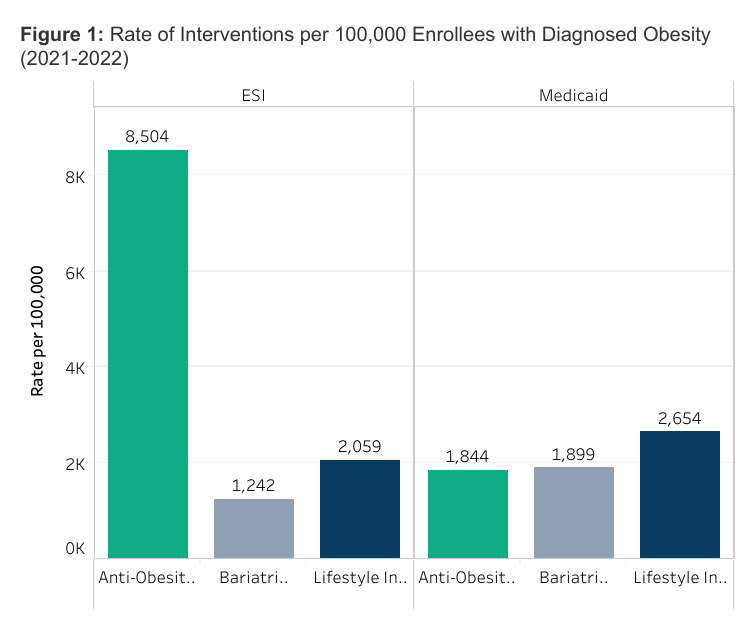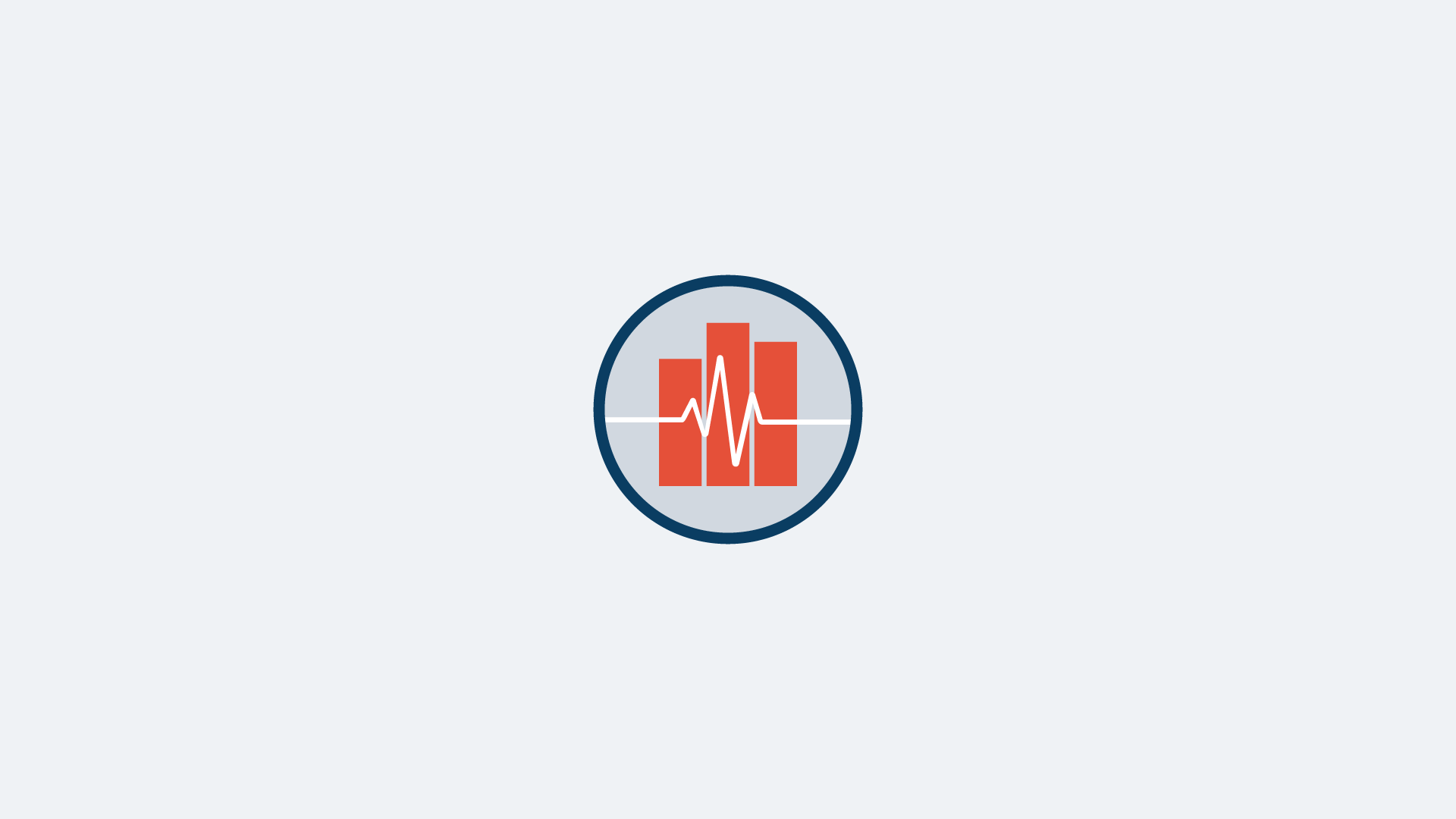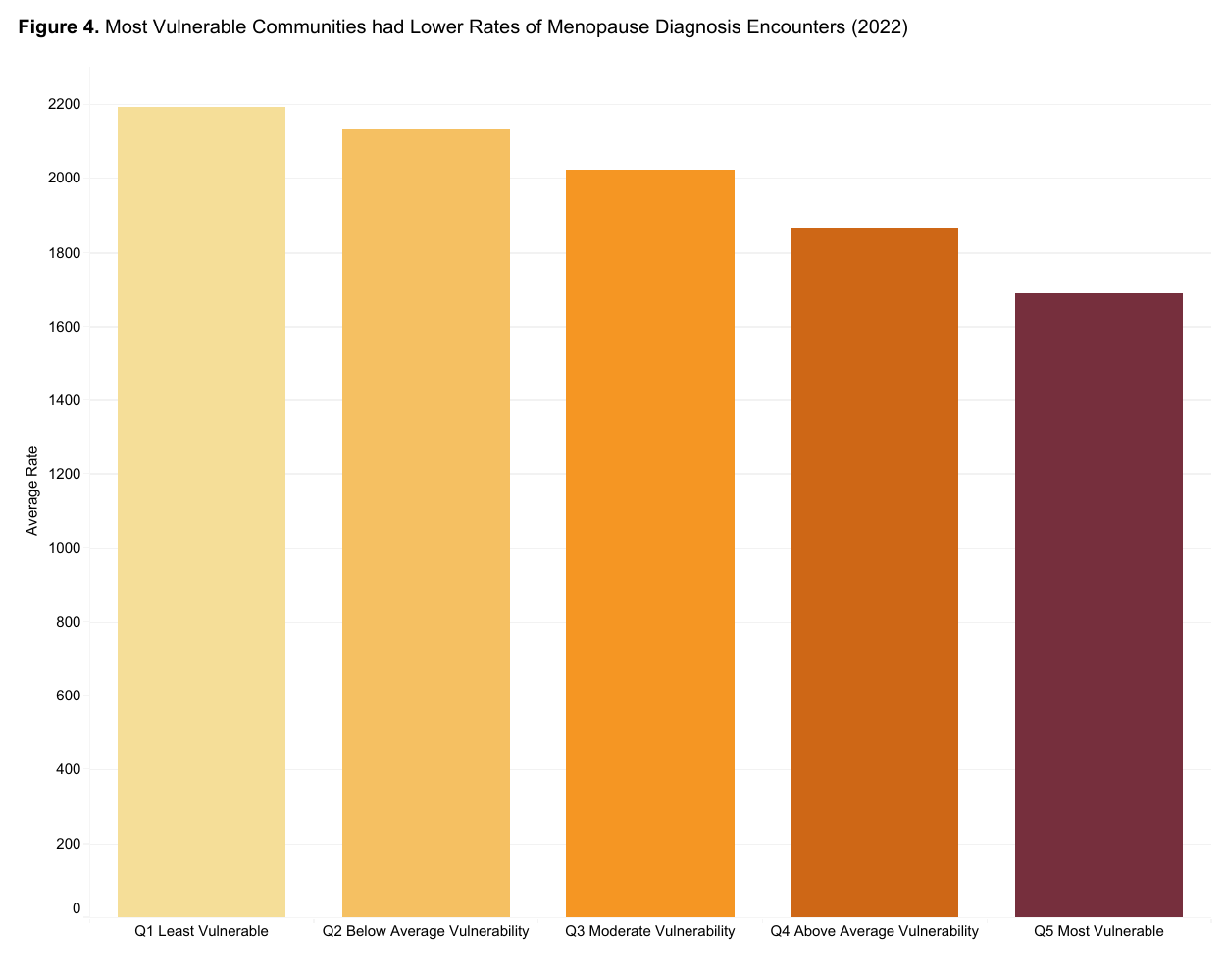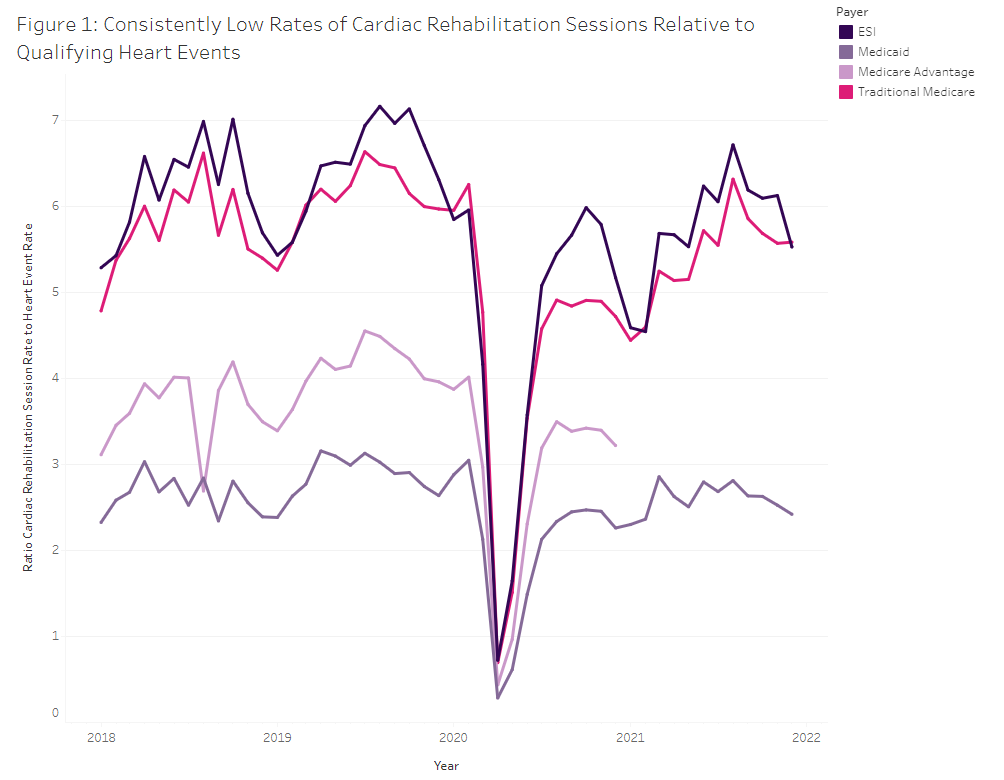Publications
-
Welcome to HealthPrices.Org! HCCI’s Free Price Transparency Tool
 Read more: Welcome to HealthPrices.Org! HCCI’s Free Price Transparency Tool
Read more: Welcome to HealthPrices.Org! HCCI’s Free Price Transparency ToolBuilding on a commitment to health care price transparency that spans more than a decade, the Health Care Cost Institute is excited to introduce HealthPrices.Org (formerly Guroo), a free health care price transparency tool that shows consumers the average prices for health care services in their local metropolitan area. Access to data on prices can…
-
Obesity Treatments Vary Between ESI and Medicaid Populations
 Read more: Obesity Treatments Vary Between ESI and Medicaid Populations
Read more: Obesity Treatments Vary Between ESI and Medicaid PopulationsAccording to the most recent year of data available, an estimated 42% of adults have obesity and almost 20% of children are diagnosed with obesity. It is well documented that obesity prevalence and associated health care costs continue to rise. The Kaiser Family Foundation has estimated the average annual health spending for people enrolled in commercial insurance…
-
HCCI and the National Kidney Foundation Partner to Create Chronic Kidney Disease Dashboard
 Read more: HCCI and the National Kidney Foundation Partner to Create Chronic Kidney Disease Dashboard
Read more: HCCI and the National Kidney Foundation Partner to Create Chronic Kidney Disease DashboardHCCI collaborated with the National Kidney Foundation and The DataFace to develop a national and state-level multi-payer dashboard that examines the current state of Chronic Kidney Disease (CKD) in the US and highlights the gaps in CKD-related care. Our interactive tool allows users to examine the rates of CKD testing and diagnosis among people at-risk…
-
Data Brief: Menopause Diagnosis Steadily Increased from 2018-2022
 Read more: Data Brief: Menopause Diagnosis Steadily Increased from 2018-2022
Read more: Data Brief: Menopause Diagnosis Steadily Increased from 2018-2022Menopause is clinically defined as the end of a female’s menstrual cycle, but for many, this stage of life is marked by uncertainty and confusion. It is a period where information is vague, experience is poorly understood, and it leaves many women feeling isolated as they navigate the complex changes of aging. Each year, nearly…
-
One In Five People With Employer-Sponsored Insurance Do Not Use Any Health Care Services
 Read more: One In Five People With Employer-Sponsored Insurance Do Not Use Any Health Care Services
Read more: One In Five People With Employer-Sponsored Insurance Do Not Use Any Health Care ServicesThe amount of health care services people use varies widely across the population and can change year to year. People may require a higher amount of care in one year and fewer services the next. Although “high utilizers” are often discussed, there are people who do not use any services throughout the year. Other than…
-
HCCI Research Finds The Lower Costs, More Transparency Act Targets Substantial Portion of Administered Drug Spending
 Read more: HCCI Research Finds The Lower Costs, More Transparency Act Targets Substantial Portion of Administered Drug Spending
Read more: HCCI Research Finds The Lower Costs, More Transparency Act Targets Substantial Portion of Administered Drug SpendingThe Lower Costs, More Transparency Act (H.R. 5378) currently before Congress aims to increase price transparency in health care and address the high cost of prescription drugs. One of the provisions of the bill would change the way Medicare pays for physician administered drugs. Currently, Medicare pays a higher price for drugs that are administered…
-
Employer Sponsored Insurance Paid Twice as Much as Medicare for Services at Ambulatory Surgical Centers
 Read more: Employer Sponsored Insurance Paid Twice as Much as Medicare for Services at Ambulatory Surgical Centers
Read more: Employer Sponsored Insurance Paid Twice as Much as Medicare for Services at Ambulatory Surgical CentersTechnological medical advancements have shifted an array of procedures previously rendered in inpatient hospitals to ambulatory surgical centers (ASCs). For example, same-day procedures (e.g., cataracts surgery) that do not require an overnight hospital stay and musculoskeletal procedures, such as arthroscopy, are commonly performed at ASCs. Because they operate independently of brick-and-mortar hospital facilities, ASCs are considered…
-
HCCI Spotlights American Heart Month: Cardiac Rehabilitation Rates Have Room to Grow
Read more: HCCI Spotlights American Heart Month: Cardiac Rehabilitation Rates Have Room to GrowCardiac rehabilitation is a program to help patients with heart events recover and return to normal activities. It is recommended following acute heart events and as a component of addressing chronic heart failure. Despite recommendations from federal agencies, advocacy groups, and national health associations and the documented benefits of cardiac rehabilitation, only 20-30% of people…
-
Severe Maternal Morbidity Increased by 25% from 2017-2021 among those with Employer Sponsored Insurance
 Read more: Severe Maternal Morbidity Increased by 25% from 2017-2021 among those with Employer Sponsored Insurance
Read more: Severe Maternal Morbidity Increased by 25% from 2017-2021 among those with Employer Sponsored InsuranceThe CDC defines Severe Maternal Morbidity (SMM) as ‘unexpected outcomes of labor and delivery that result in significant short- or long-term consequences to a woman’s health.’ These outcomes are largely preventable and are an important indicator of maternal health care quality. The CDC reports that SMM has steadily increased in recent years, and the consequences…

